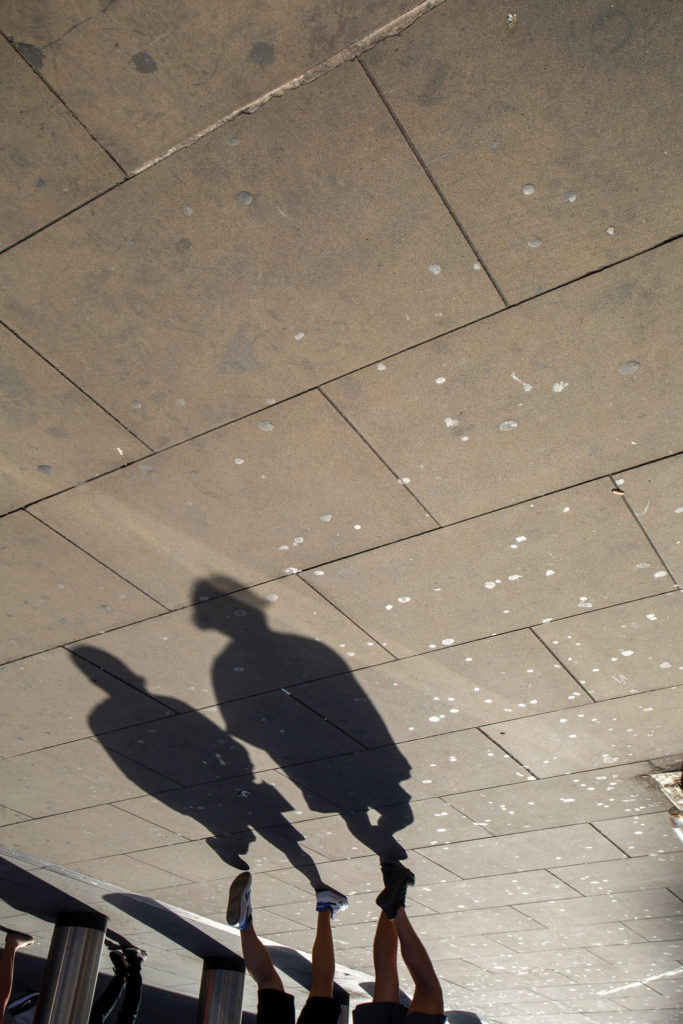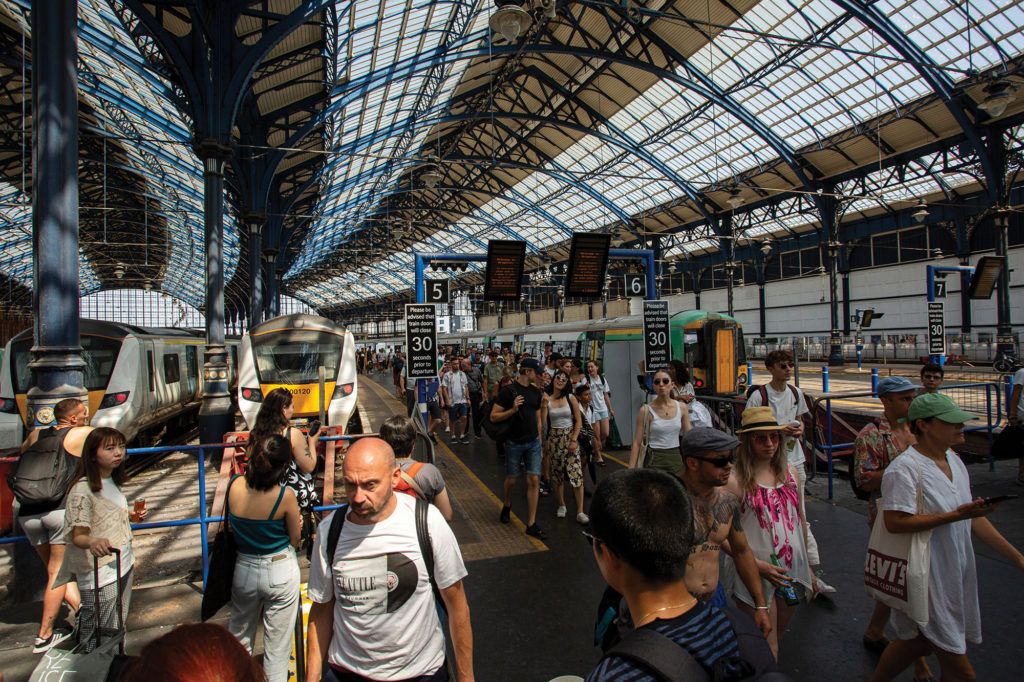Peak Heat: Learning from London’s hottest days
December 7, 2022

On 19 July 2022, London witnessed its hottest summer day ever recorded, where the temperature exceeded 40 degrees Celsius. This resulted in country-wide red alerts and the closure of shops and pubs. The authorities even wrapped a Victorian-era bridge in aluminium foil to protect it from the sun.
The extreme heatwave has undoubtedly caused many to suffer from exhaustion and dehydration. However, the buildings in the UK have also contributed to the crisis by not being able to alleviate the heat indoors. Is it because the UK, being a northern island nation, has a milder climate and hence, its architecture was not built to cope with these temperatures? But is it really so?
This year, I experienced the UK heatwave firsthand during my travels in Brighton, London and Scotland. The Meteorological Office passed its first-ever Red extreme heat warning for 18 and 19 July, and urged people to stay indoors between 11 am and 4 pm. They were advised to “wear sun cream, a hat, stay in the shade and keep hydrated with water.” Social media was filled with do’s and don’ts, and other guides on protecting oneself from the heatwave.
On 18 July, I was in Brighton, a beach town near the capital, and had planned to travel to London and then to Scotland on 19 July. The next day, after several unsuccessful attempts, I finally boarded a train to undertake my journey. Many trains were cancelled that day because “very hot temperatures can affect rails, overhead power lines and signalling equipment”1 as the Transport for London website reported. Upon reaching London, I spent the day going to different areas, using various public transport systems.
HOT TUBE
The underground metro, or the Tube as they call it, was swelteringly hot and, at times, unbearable.
I later learned that the heat did not affect all the metro lines because the underground system is not one unit but comprises many routes and technologies built in phases over the years. So, the older and completely underground systems were too hot due to poor ventilation and lack of air-conditioning. Someone even made a Tube map showing which lines are air-conditioned and would be relatively more comfortable for travelling.

The station of my destination was shut down on that day. I had to disembark at the previous station and walk instead. While walking on the road, I saw thick glass buildings reflecting so much sunlight that it was blinding. I wondered what would happen to those buildings bearing the direct glare of the reflection—more about this later.
MORAL DILEMMA OR COMMON SENSE?
In this day and age, some architects and urban planners still find themselves caught in a moral dilemma: creating appealing yet extravagant architecture and city designs at the expense of climate change, or turning to more environmentally friendly processes and materials. This is even though there are precedents where beautiful architecture has been created based on common sense and sensitivity to climate, site and resources.
Unfortunately, many modern buildings, even the ones that want to make a statement, have largely ignored the effect of heat gain, or have complicated it by installing high-powered air-conditioners, or compromised it for design.
A famous example is the iconic “Walkie-Talkie” building, which melted cars and burnt carpets by reflecting solar rays through its curved glass to a particular part of the street. “Solar glare reflecting from the 37-storey building, officially known as 20 Fenchurch Street, started fires, caused damage to businesses, and blistered paintwork on cars,” Independent.co.uk reported in 2014.


To understand more, I talked to Duncan Baker-Brown, a practising architect, academic, environmental activist and author of The Re-Use Atlas: A Designer’s Guide Towards a Circular Economy, published by RIBA. He told me that much of the floor area provided by glass towers in London is underused, in effect redundant, as they have not been fully occupied since the COVID-19 pandemic struck because people have been working from home.
“But we are still building them,” he added.
“They are 40 per cent occupied as yet. And it looks like those buildings will be closed for some days in the summer because people will prefer to stay at home, won’t they? So, it’s acknowledging that the built environment is not climate resilient.”
He referred to a study by The Society of the Preservation of Ancient Buildings (SPAB), which proved that if the internal and external shutters, awnings and curtains, which were initially included in the 18th and 19th-century buildings, were installed [back], there would be a significant decrease in heat retained.
“They were taken out in the middle of the 1950s as minimalism was the fashion, but you were removing these passive devices that could stop the building from overheating. We just got to re-learn what we used to learn.”
[This is an excerpt. Subscribe to the digital edition or hardcopy to read the complete article.]

Nipun Prabhakar is an independent documentary photographer and architect based in India. He works on long-term projects dealing with intersections of ideas, artifacts, the built environment and folklore. His background as an architect has deeply impacted his sense of space in situations that call for a contextual response to culture and geography. His work has been supported by the Aga Khan Trust for Culture, AKDC at MIT, among others. He is a recipient of the Berkeley Essay Prize 2014 and was Cornell University’s South Asian Fellow 2019-20.
Read more stories from FuturArc 4Q 2022 Year-End Issue!

To read the complete article, get your hardcopy at our online shop/newsstands/major bookstores; subscribe to FuturArc or download the FuturArc App to read the issues.
Previously Published Commentary
Contact us at https://www.futurarc.com/contact-us for older commentaries.

